Battle of Britain. A large archive of personal effects belonging to the late Sergeant Ken Wilkinson, Royal Air Force (1918-2017), comprising WWII brown leather Irvin flying jacket, sheep fleece lined with 'Dot' zips (main zip inoperable), belt and suspension loop to the collar, 54cm long x 50cm long (inner arm), together with a pair of 1936 pattern black leather flying boots, sheep fleece lined with Phillips rubber heels, heel size 29.5cm long, Air Ministry canvas bag stamped with black AM markings, two logs books kept by Wilkinson, logbook one commencing 3 March 1939 (Tiger Moths), final entry 29 January 1943 (Lysander), logbook two commencing 25 February 1943 (Spitfire), final entry 6 November 1945 (Hurricane) and signed off 'End of Service', there is a dried rose included in logbook one and they are both correctly signed off plus an extensive collection of personal papers, photographs and prints, several framed including Rondot (Michael), 70 Years, presentation copy, signed by the artist and five distinguished pilots including Wilkinson, plate size 33.5 x 61.5cm, framed and glazed plus a WWI mahogany propeller blade with AVRO decal,121.5cm long (Qty: 6 cartons) Sergeant Kenneth Astill Wilkinson (1918-2017) was born in Barrow-in-Furness and educated at Cheltenham Grammar School, he joined the RAFVR in March 1939 and was called up for service on 1 September 1939, he reached the Elementary Flying Training School (EFTS) at Hanworth on 26 March 1940 and completed his training on 31 August 1940 and arrived at 7 OTU Hawarden on 2 September 1940, he converted to Spitfires after joining 616 Squadron at Kirton-in-Lindsey on 1 October 1940 and then went to Folwmere to join 19 Squadron and then moved to Duxford. 19 was the first squadron to be equipped with Spitfires and the unit was part of Douglas Bader's Duxford 'Big Wing'. The wing comprised two Spitfire squadrons and three Hurricane squadrons. The Spitfires' job was to engage the Luftwaffe's Messerschmitt Bf 109 fighter escorts so Bader's Hurricanes could attack the German bombers heading for industrial targets in the Midlands, Yorkshire and Lancashire. In an interview in 2015 Wilkinson recounts 'The first time you see that gaggle of German bombers coming towards you, you think: how on earth are we going to deal with them? There are so bloody many, an awful lot. At Duxford we were often scrambling at noon, climbing up over the Thames Estuary with the midday sun in our faces - that made us vulnerable so the Germans often engaged us as we were still climbing and couldn't spot them. Wilkinson's role was 'tail end Charlie', weaving left and right at the back of the squadron, scanning the sky above and to the rear for 109s attempting an ambush, he explains 'in that position you'd be the first to get the chop so you keep your eyes open, within a matter of seconds you split up and you're not looking around for a beautiful sunset, you are concentrating as hard as you can on the business of either being on the tail of a German or getting away from a German who's on your tail'. Wilkinson was released from the RAF in November 1945 (Flying Officer) and served with the RAFVR from 1947, he was also a Quantity Surveyor and one of his main projects was Birmingham's New Street Station. Battle of Britain Pilots were described by Sir Winston Churchill as "the few" Sergeant Wilkinson passed away in 2017 being one of the last surviving Battle of Britain pilots.
Battle of Britain. A large archive of personal effects belonging to the late Sergeant Ken Wilkinson, Royal Air Force (1918-2017), comprising WWII brown leather Irvin flying jacket, sheep fleece lined with 'Dot' zips (main zip inoperable), belt and suspension loop to the collar, 54cm long x 50cm long (inner arm), together with a pair of 1936 pattern black leather flying boots, sheep fleece lined with Phillips rubber heels, heel size 29.5cm long, Air Ministry canvas bag stamped with black AM markings, two logs books kept by Wilkinson, logbook one commencing 3 March 1939 (Tiger Moths), final entry 29 January 1943 (Lysander), logbook two commencing 25 February 1943 (Spitfire), final entry 6 November 1945 (Hurricane) and signed off 'End of Service', there is a dried rose included in logbook one and they are both correctly signed off plus an extensive collection of personal papers, photographs and prints, several framed including Rondot (Michael), 70 Years, presentation copy, signed by the artist and five distinguished pilots including Wilkinson, plate size 33.5 x 61.5cm, framed and glazed plus a WWI mahogany propeller blade with AVRO decal,121.5cm long (Qty: 6 cartons) Sergeant Kenneth Astill Wilkinson (1918-2017) was born in Barrow-in-Furness and educated at Cheltenham Grammar School, he joined the RAFVR in March 1939 and was called up for service on 1 September 1939, he reached the Elementary Flying Training School (EFTS) at Hanworth on 26 March 1940 and completed his training on 31 August 1940 and arrived at 7 OTU Hawarden on 2 September 1940, he converted to Spitfires after joining 616 Squadron at Kirton-in-Lindsey on 1 October 1940 and then went to Folwmere to join 19 Squadron and then moved to Duxford. 19 was the first squadron to be equipped with Spitfires and the unit was part of Douglas Bader's Duxford 'Big Wing'. The wing comprised two Spitfire squadrons and three Hurricane squadrons. The Spitfires' job was to engage the Luftwaffe's Messerschmitt Bf 109 fighter escorts so Bader's Hurricanes could attack the German bombers heading for industrial targets in the Midlands, Yorkshire and Lancashire. In an interview in 2015 Wilkinson recounts 'The first time you see that gaggle of German bombers coming towards you, you think: how on earth are we going to deal with them? There are so bloody many, an awful lot. At Duxford we were often scrambling at noon, climbing up over the Thames Estuary with the midday sun in our faces - that made us vulnerable so the Germans often engaged us as we were still climbing and couldn't spot them. Wilkinson's role was 'tail end Charlie', weaving left and right at the back of the squadron, scanning the sky above and to the rear for 109s attempting an ambush, he explains 'in that position you'd be the first to get the chop so you keep your eyes open, within a matter of seconds you split up and you're not looking around for a beautiful sunset, you are concentrating as hard as you can on the business of either being on the tail of a German or getting away from a German who's on your tail'. Wilkinson was released from the RAF in November 1945 (Flying Officer) and served with the RAFVR from 1947, he was also a Quantity Surveyor and one of his main projects was Birmingham's New Street Station. Battle of Britain Pilots were described by Sir Winston Churchill as "the few" Sergeant Wilkinson passed away in 2017 being one of the last surviving Battle of Britain pilots.
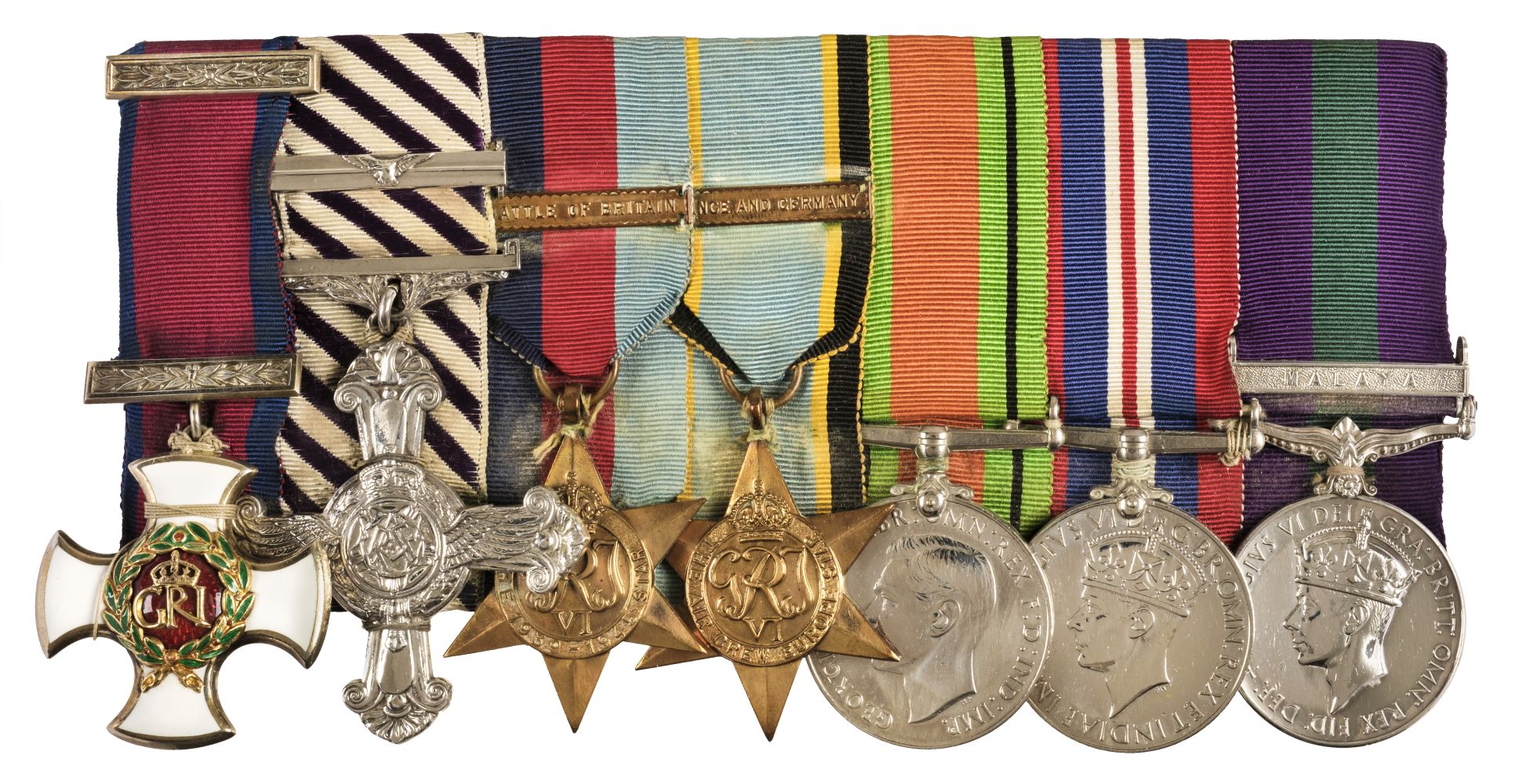
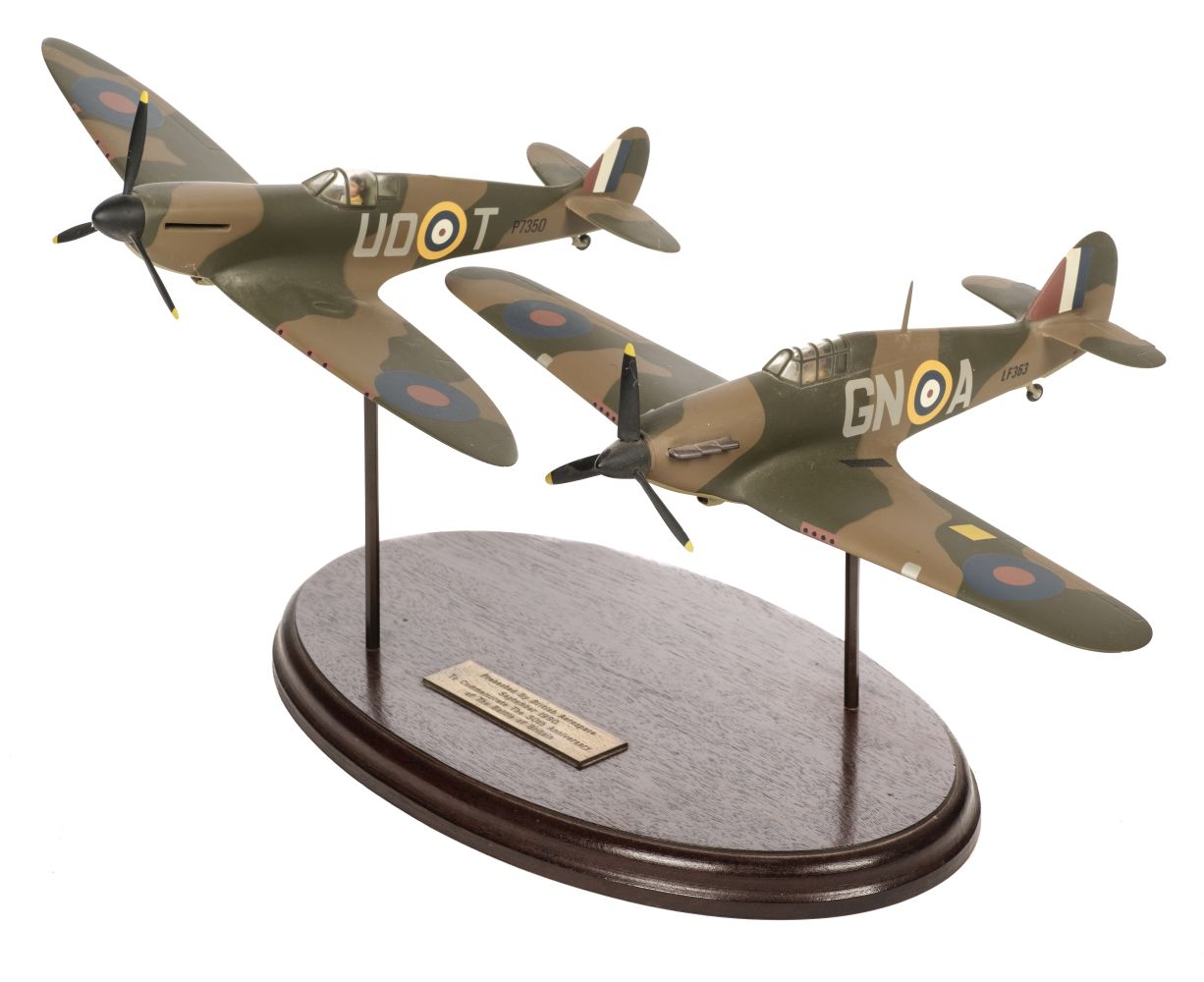


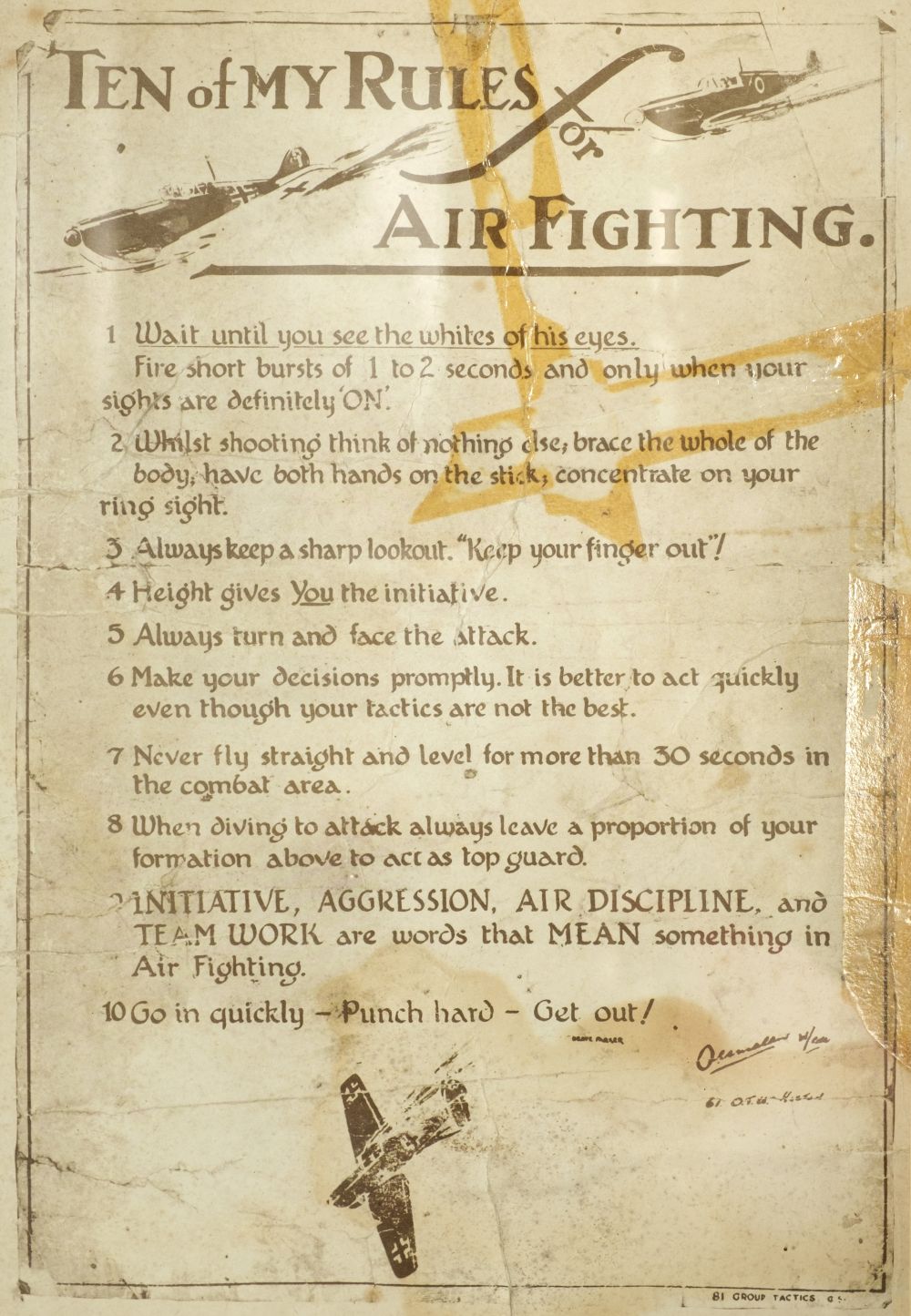


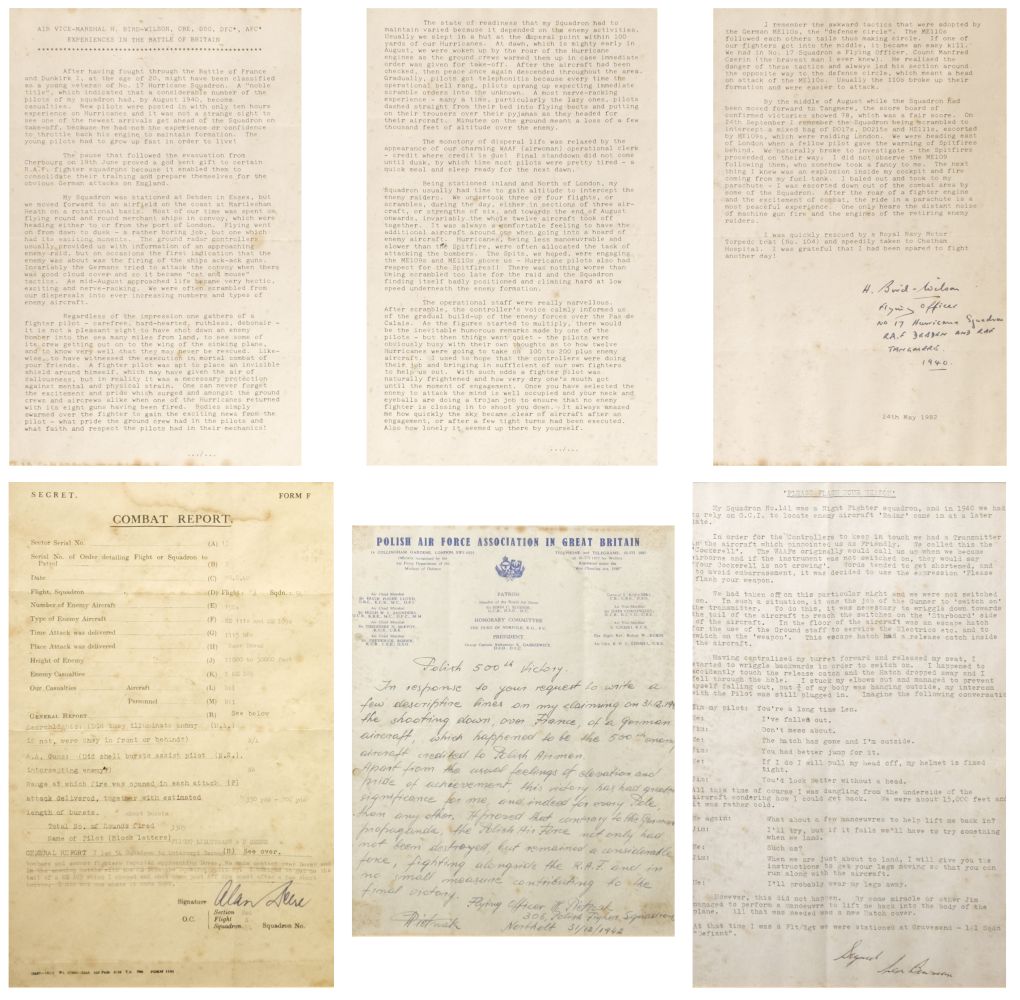
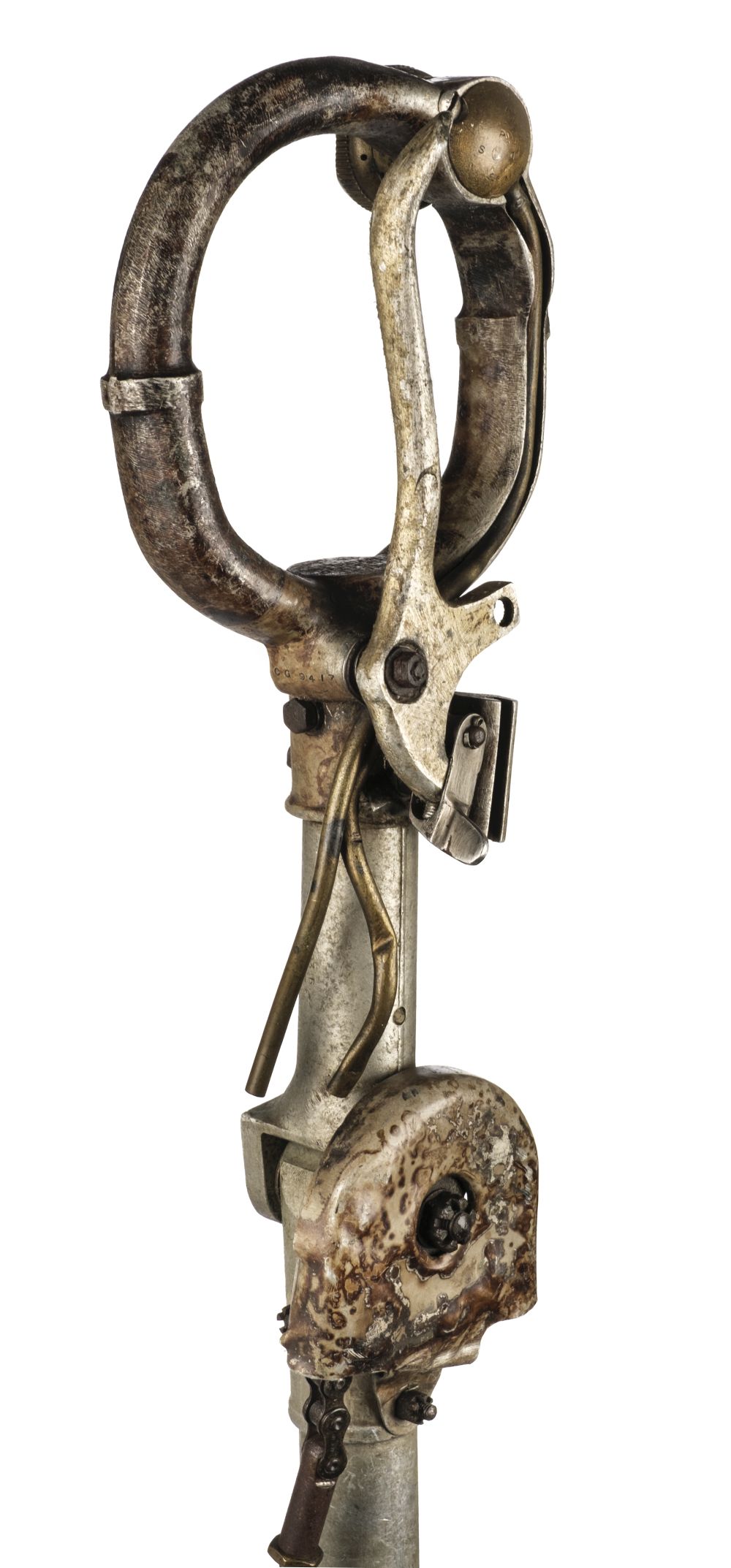
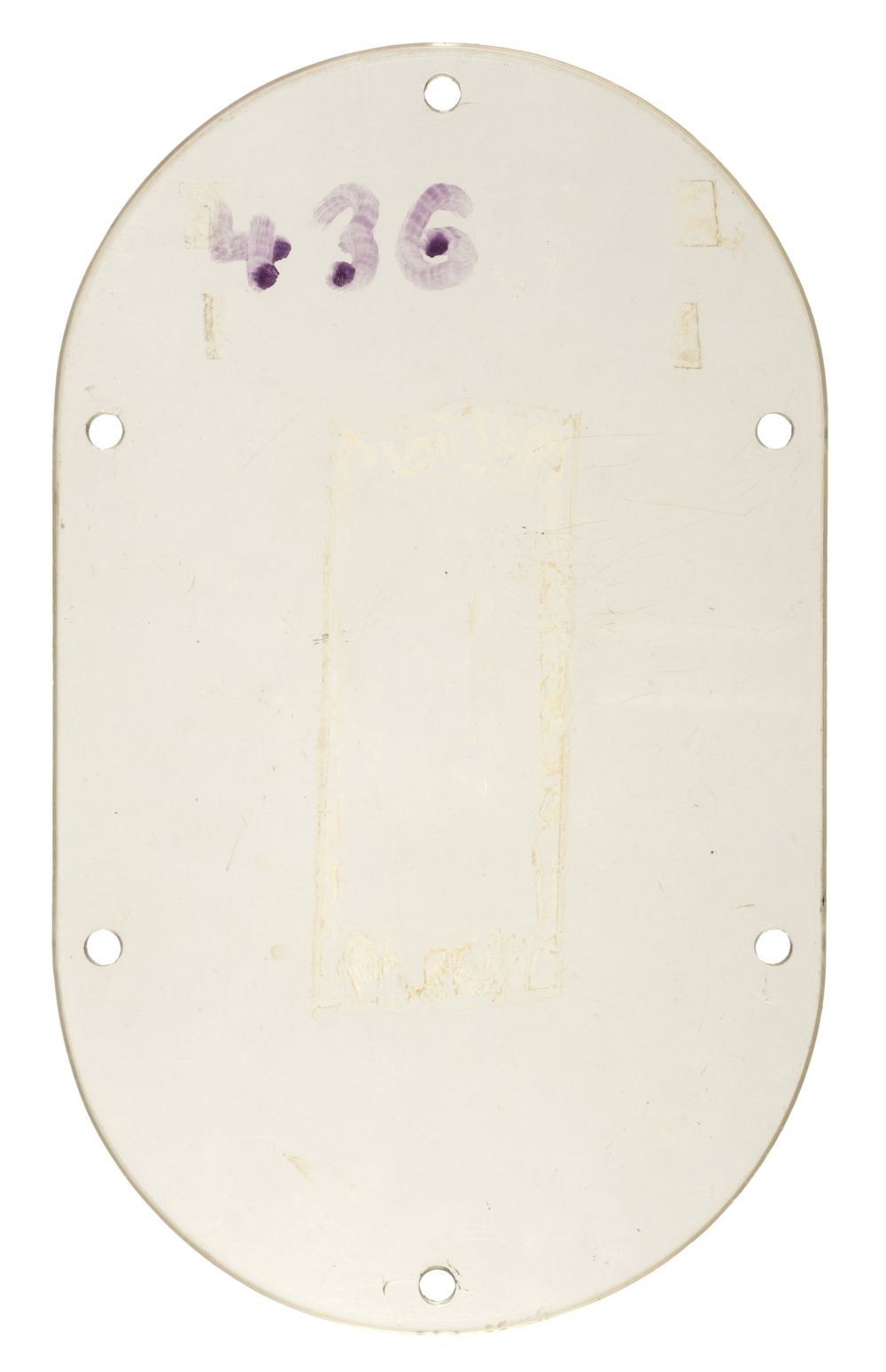



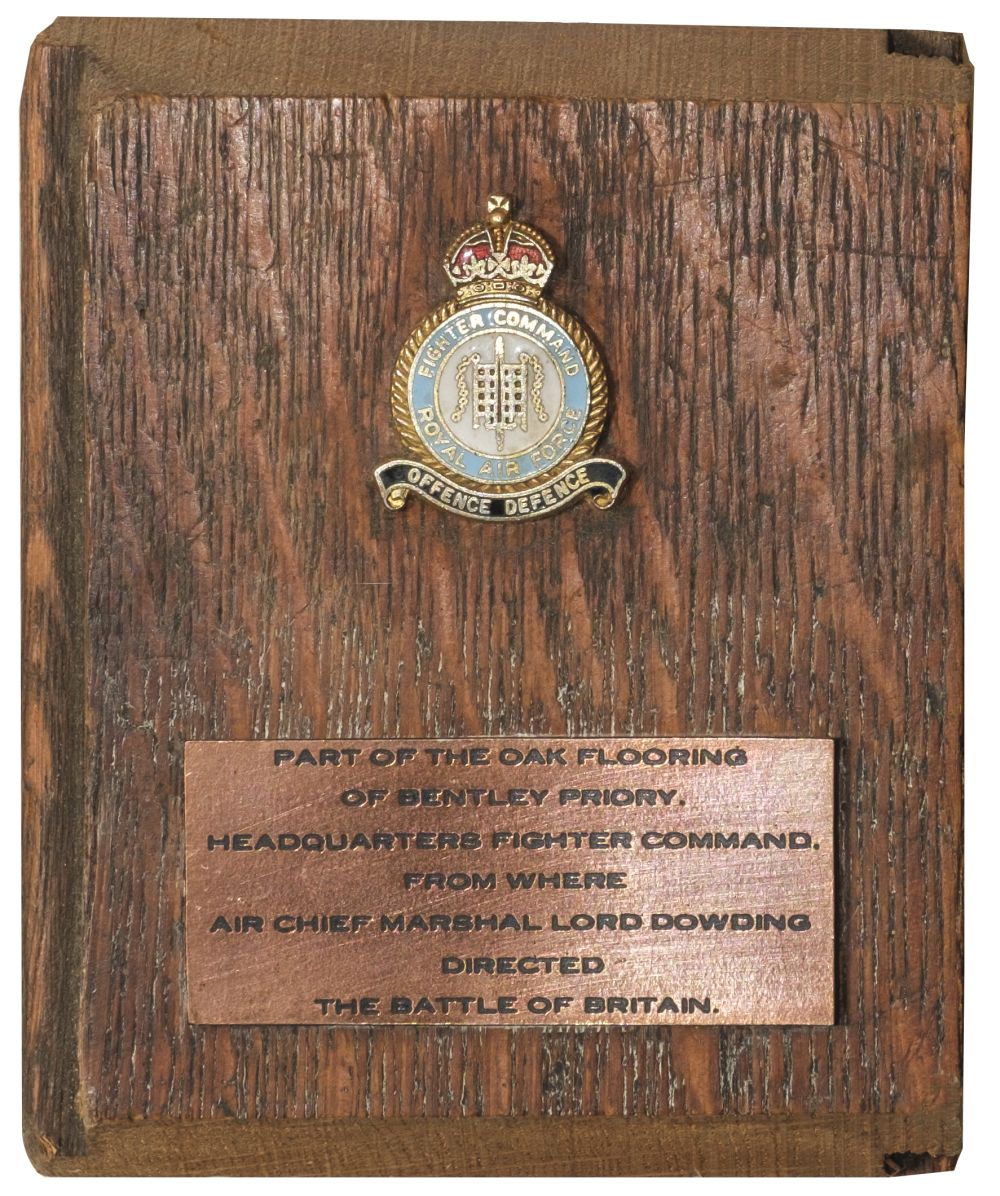

Try LotSearch and its premium features for 7 days - without any costs!
Be notified automatically about new items in upcoming auctions.
Create an alert